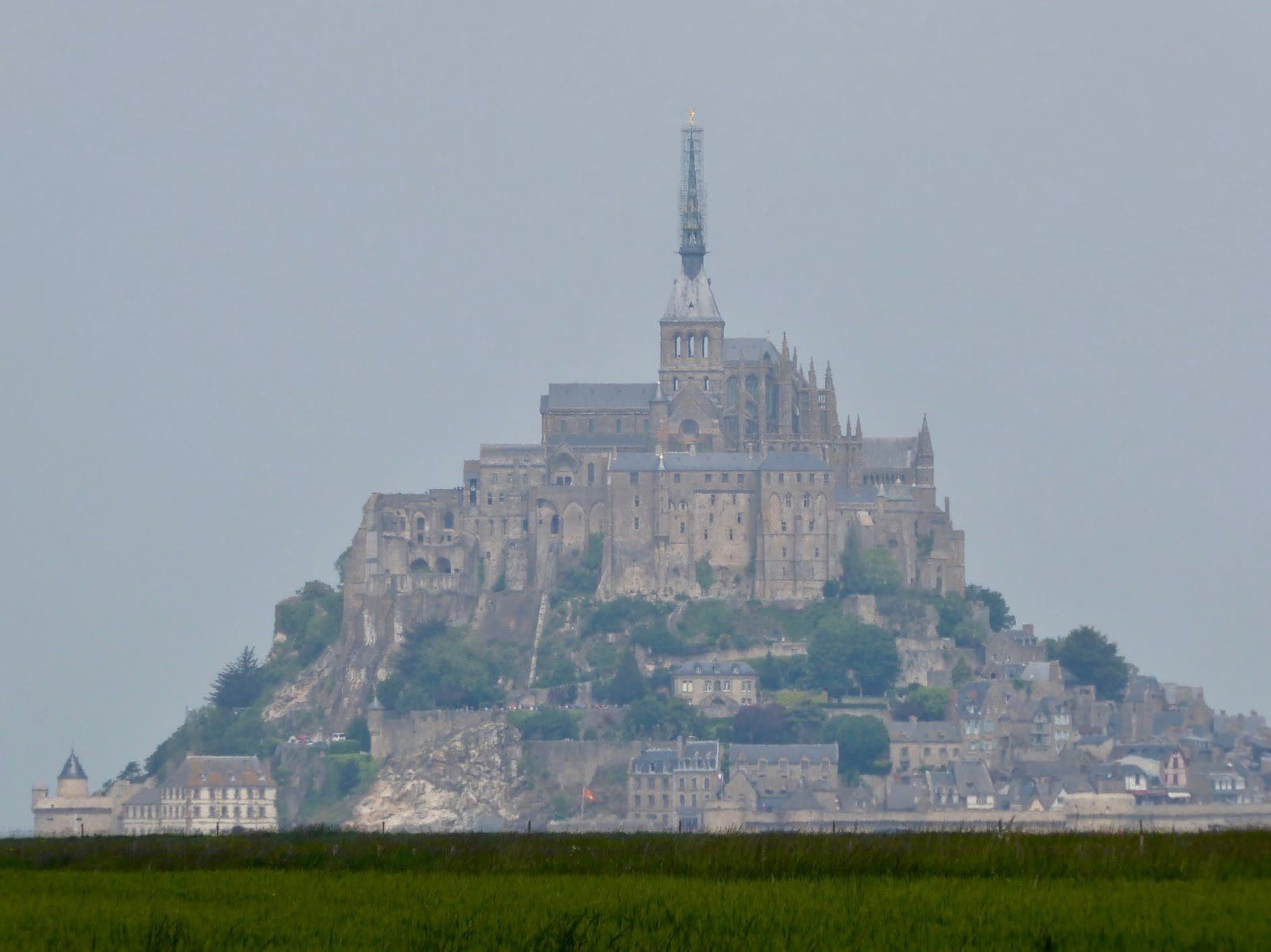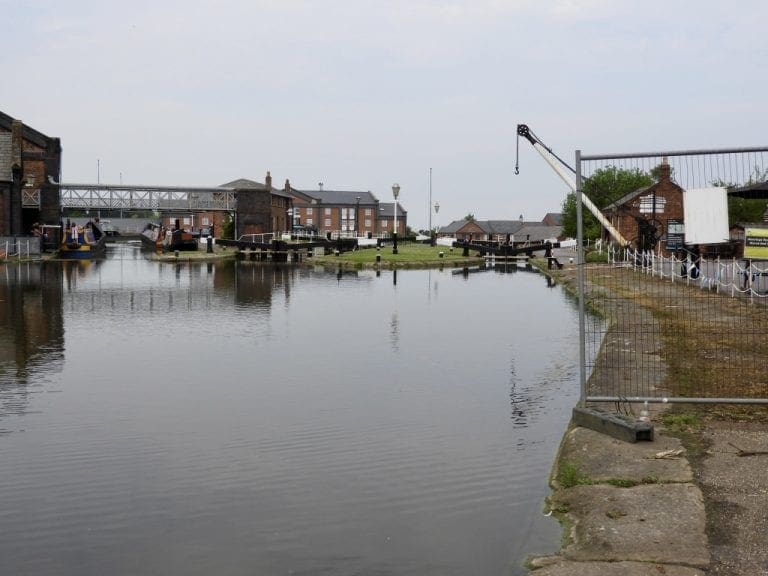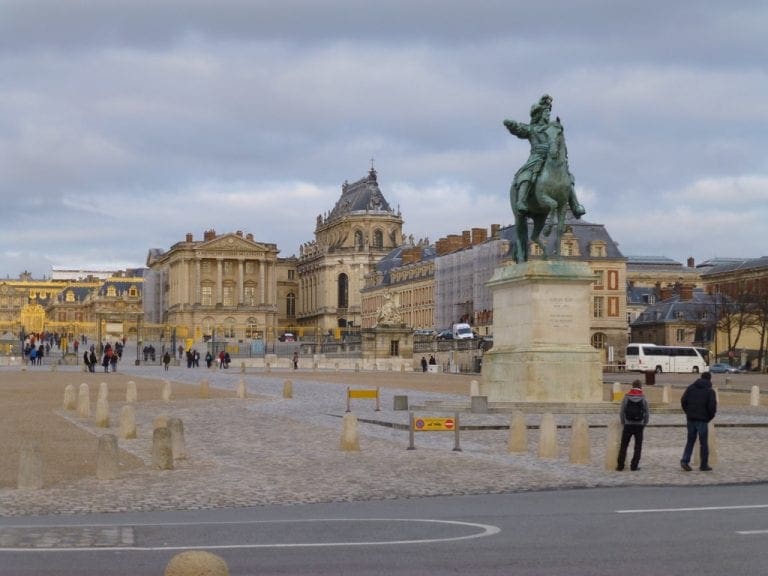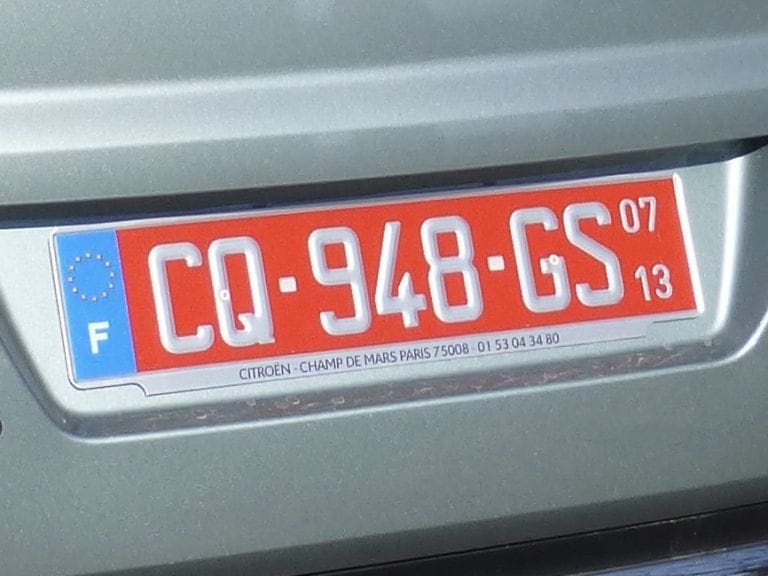France Road Trip – week 8 – Dinan
Saturday 28 May. Day 51. Drove to Dinan. Another delightful apartment in yet another delightful old city/town. Autoroute driving almost all the way – mostly at 130km/hr which made the 110 km/hr patches feel very slow. Two visits to the excellent bakery next door to us at Amboise this morning and said farewell to the friendly owner who (despite having no English) had put up with and helped me with my very poor French.
Dinan. We are right in the old, old town in, again, a classified building up two flights of very narrow stairs. We followed the gps up through local streets (route barre, local traffic only) to a small parking lot in the centre of the old town 50 metres from our door. The town is delightful. I like it.
Sunday 29 May. Day 52. We woke to the Tour de Rance winding its way through the town complete with Caravanne throwing trinkets and a fun ride. (Dinan is in the Rance Valley.) We went for a short drive (in distance but not in time) to Cap Fernel just west of here that juts into the Channel. Good stacks with sea-birds. Guillemots.
Monday 30 May. Day 53. I am mixed up. I have Saint Malo and Mont Saint Michel mixed in my head. Today after reading about Mont Saint Michel, I typed St Malo into the GPS and we went there. Dope. Anyway, Mont Saint Michel is a very nice village perched on its rock in the bay. Quite an elaborate parking and bus shuttle setup to keep tourists flocking in while they clear the bay of silt. Ate lunch on a terrace on the ramparts. Mont Saint Michel must be horrendous in summer with the full tide of tourists.

Tuesday 31 May. Day 53. Today we drove to the furtherest west point in France, out beyond Brest, to the old northern fortifications, lighthouse and abbey (with Camino de Compestella signs on its doors – just where does that walk not start?). A two hour drive from here. Lunch at the delightful port village of Le Conquet. Then, the long drive back to Dinan. Quite a drive. We did get fuel on the way back, so that should see us back to Paris. The gauge says we have 1,260 km of fuel on board. This diesel C4 gets excellent fuel economy.
Thursday 2 June. Day 55. A drive to Cancale for lunch. Cancale is just north of here on the coast and is famous for its oysters. The port (Le Port) at Cancale has 30+ restaurants lined up along the bay. Impossible to make an informed choice, so based on the rules of competition, we chose the nearest with a green door. Excellent. We had the seafood platter for 2 that covered the table. Worth the drive. A walk along the port to the close in oyster beds after lunch. While we were eating, every few minutes yet another tractor went past pulling more oyster racks. From here, oyster go to Paris where they are looked for on Fridays and are extremely popular.
 |
| Our house at Dinan |
Brittany. This peninsular is a real surprise and a delight. Prosperous. The rest of France tends to throw off at the Bretons as a bit slow. Well, slow is winning over big chunks of rural France. Prosperous towns and well tendered farms. Lots of small light industry. We tend to judge a place by if it is keeping their kids. Here in Brittany, the kids are staying. There is enough income, entertainment and demand for their skills to keep them here. (Luberon, Pay Basque, Gers, Lot have lost their kids a generation or more ago.)




















